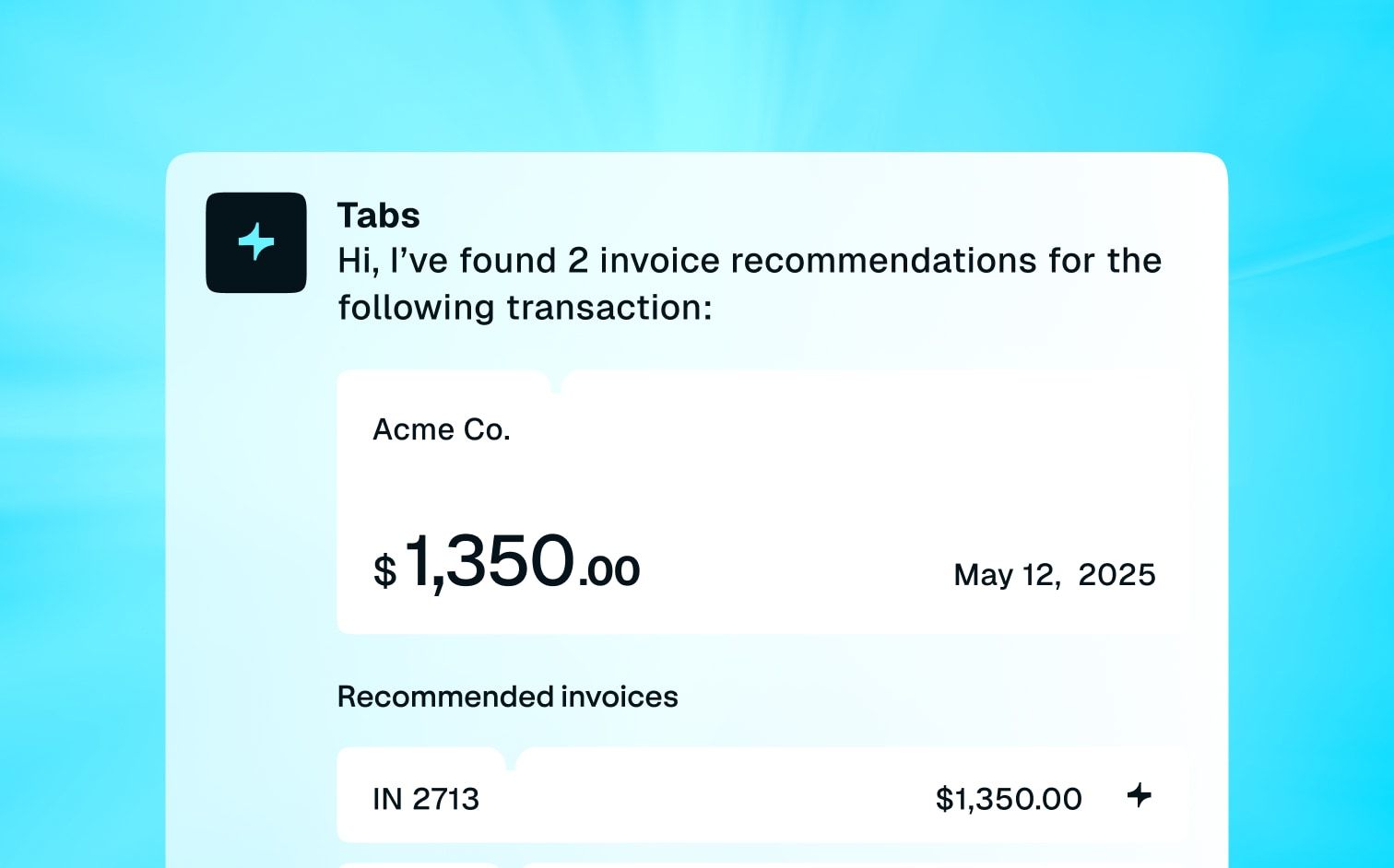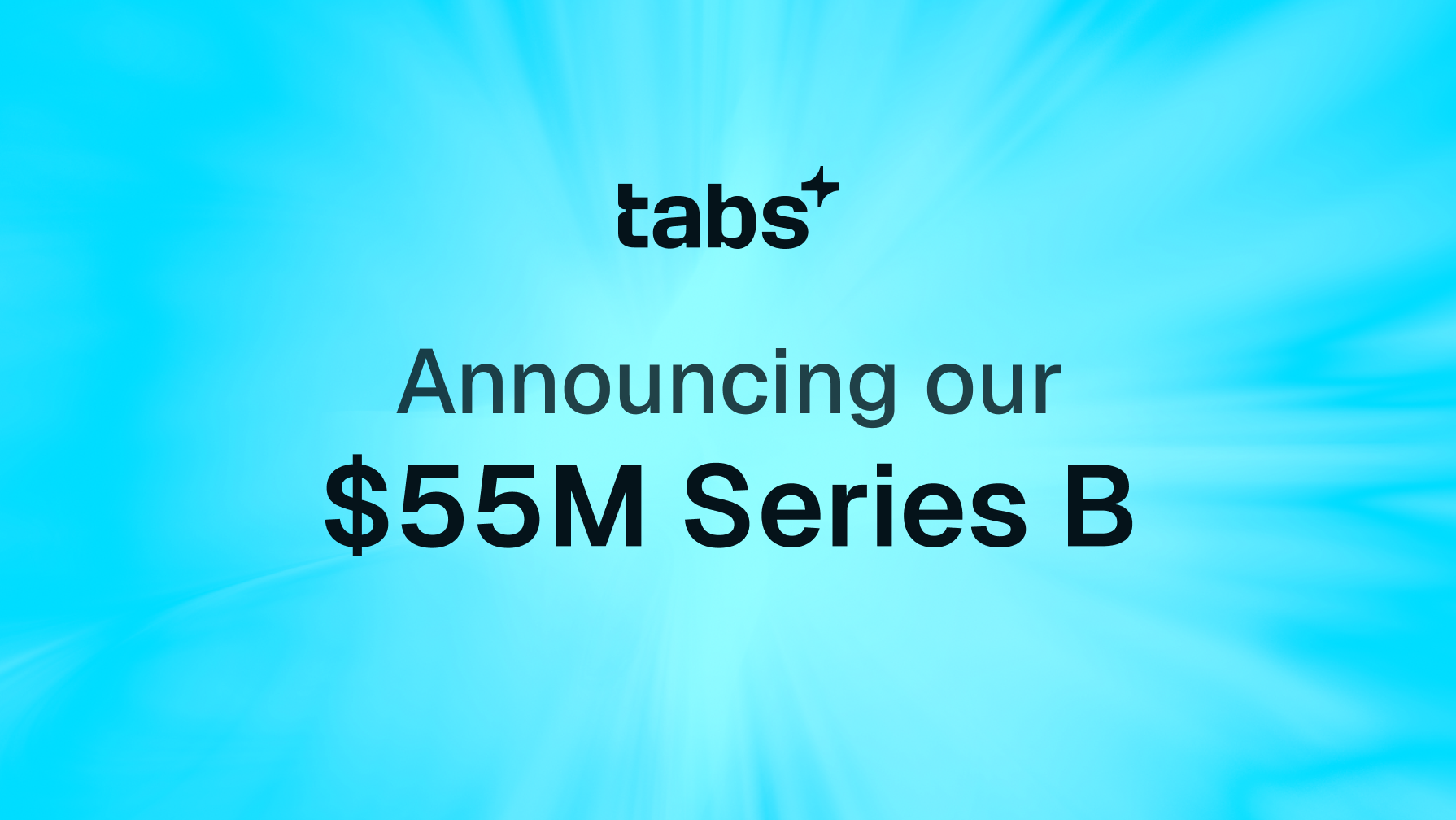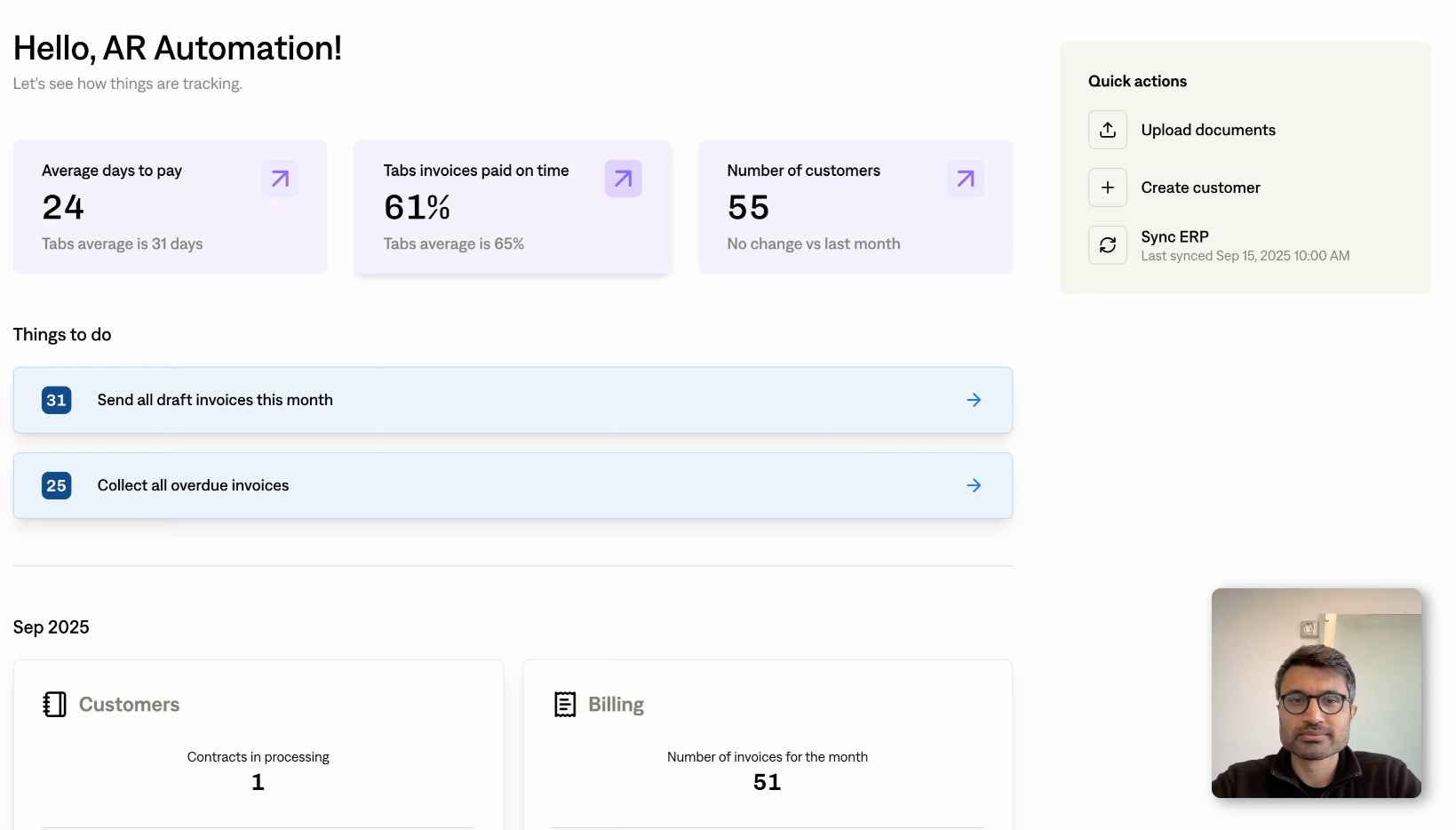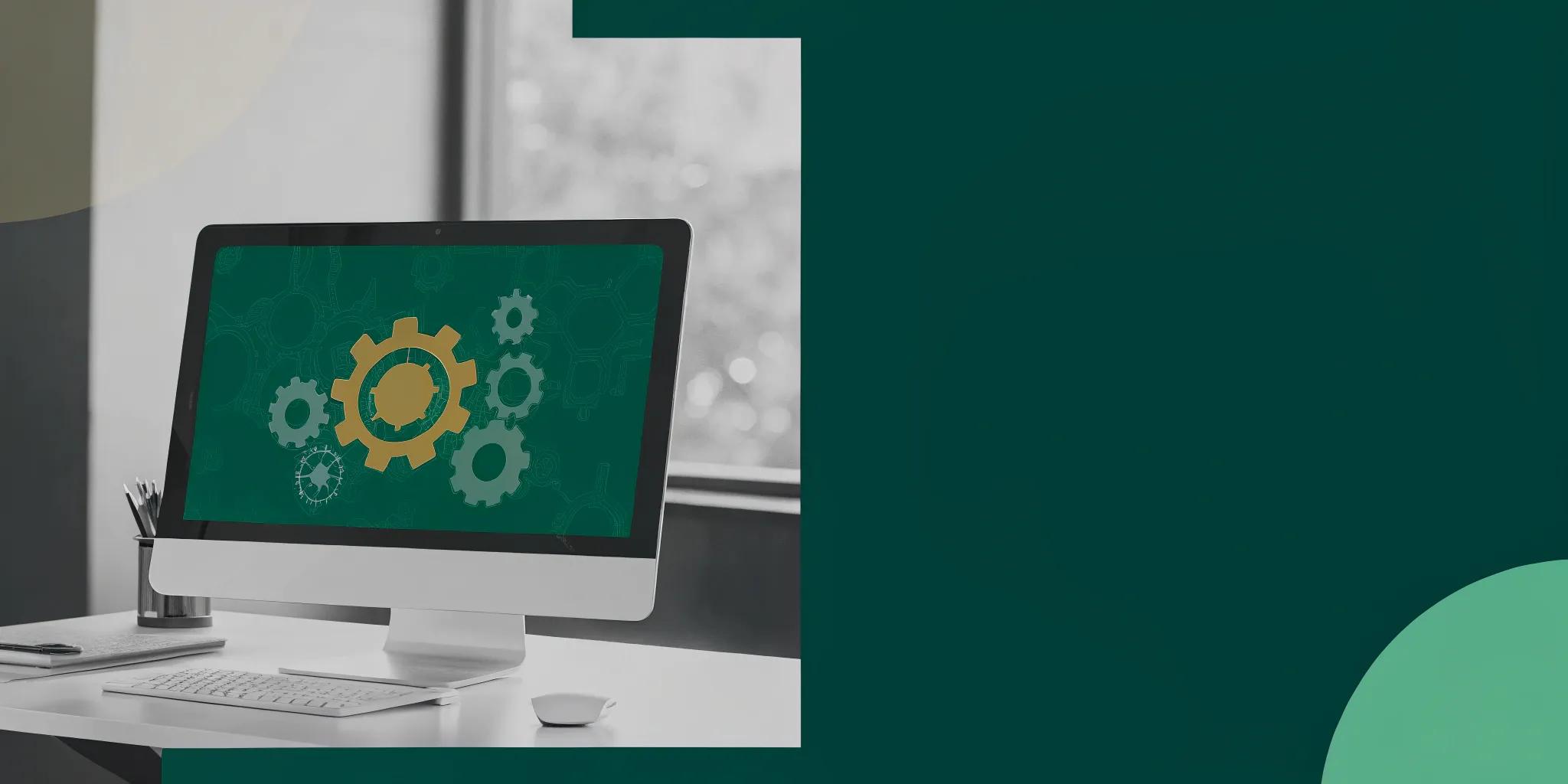In the SaaS world, maximizing your monthly recurring revenue (MRR) is paramount. But what if we told you there's a silent drain on your profits? Revenue leakage, the gap between your potential and actual earnings, can significantly impact your bottom line.
In this post, we'll explore what revenue leakage is, how it affects SaaS businesses, and, most importantly, how to plug those leaks and optimize your revenue streams. From understanding the common sources of leakage to implementing proactive strategies, we'll equip you with the knowledge and tools to protect your profits and ensure sustainable growth.
Key Takeaways
- Revenue leakage in SaaS is more than just lost money; it's lost potential. It's the difference between what you could be earning and what you're actually collecting, impacting your bottom line and hindering growth. Understanding the sources of this leakage, from failed payments to outdated pricing, is the first step toward reclaiming that lost potential.
- Leakage comes in different forms, each impacting your business in unique ways. Beyond the direct financial impact of lost revenue, consider the drain on resources (physical leakage), the erosion of profits (economic leakage), and the risk to sensitive data (information leakage). A comprehensive approach to leak prevention requires addressing all these areas.
- Preventing leakage is an ongoing process, not a one-time fix. Regular monitoring, proactive maintenance, and leveraging technology are key to staying ahead of potential revenue loss. By building a culture of awareness and investing in robust systems, you can create a more resilient and profitable SaaS business.
What is Leakage and Why Should You Care?
In the SaaS world, "leakage" is lost revenue. It's the money slipping through the cracks due to inefficient billing, involuntary churn, or outdated pricing. Think of it as a small, constant drain on your resources, seemingly insignificant at first, but adding up to big losses over time. This directly impacts your Monthly Recurring Revenue (MRR), a vital metric for any SaaS business.
What is Revenue Leakage?
Revenue leakage is the difference between the revenue you should be earning and what you actually collect. This can show up in several ways, from customers churning due to failed payments to outdated pricing that doesn't capture your service's full value. Understanding leakage and how it happens is the first step toward plugging those leaks and optimizing revenue streams.
For SaaS businesses, this often means closely examining your billing processes and finding where revenue is lost. Tools with robust reporting on key metrics can be incredibly helpful here.
How Leakage Affects Businesses
Beyond the immediate lost revenue, leakage can hinder growth and limit your ability to invest in product development, marketing, and customer acquisition. It can also skew your financial forecasting, making it tough to predict future performance and make smart business decisions. In a competitive market, even small leaks can put you behind. Addressing leakage isn't just about recovering lost revenue; it's about building a more sustainable and profitable business.
By implementing effective billing and optimizing your pricing, you can ensure you're capturing your full value and maximizing growth potential. This might involve automating complex invoicing or supporting more payment types to reduce friction and improve customer retention. Taking control of your revenue cycle is crucial for long-term success in SaaS.
Types of Leakage
Let’s explore the different types of leakage and why understanding them is vital for your success.
Physical Leakage
In the physical world, leakage represents a loss of resources, whether it's water, gas, or oil. Think of a leaky pipe: you’re not only losing water but also incurring costs to repair the damage and replace the lost resource. This concept translates directly to SaaS businesses.
While you might not be dealing with physical resources, you are dealing with finite resources like time and development effort. A “leaky” development process, riddled with inefficiencies and bugs, can drain your resources and delay product launches, much like a leaky pipe drains water and requires costly repairs. Addressing these inefficiencies is like fixing the leak, allowing you to conserve valuable resources and maintain a healthy operational flow.
Economic Leakage
Economic leakage, in its simplest form, is lost revenue. Imagine your revenue stream as a bucket: money comes in, but some of it leaks out through the cracks. In the SaaS world, this can manifest in various ways, from failed payments and involuntary churn to inaccurate billing and overlooked discounts. These seemingly small leaks can accumulate and significantly impact your bottom line.
Investopedia explains that economic leakage reduces the total capital circulating within your business, potentially hindering growth and limiting your ability to reinvest in your product or expand your team. Identifying and plugging these financial leaks is essential for maintaining a healthy financial ecosystem.
Information Leakage
Just as a leaky pipe can waste valuable water, information leakage can drain a company’s most precious resource: data. This type of leakage refers to the unauthorized flow of sensitive information, whether it's customer data, proprietary code, or internal financial records. In the digital realm, this can occur through various channels, including security breaches, phishing attacks, or even accidental data sharing.
Protecting your data is critical for maintaining customer trust and complying with regulations. This safeguards your competitive edge, ensuring the long-term health of your business. A single leak can have devastating consequences, damaging your reputation and leading to significant financial losses.
Causes and Consequences of Leakage
For SaaS businesses, revenue leakage is like a slow drip that drains your profits over time. Understanding the causes and consequences is the first step toward plugging the holes and optimizing your financial performance.
Common Leakage Sources
Failed payments are a major culprit. Involuntary churn, where customers' subscriptions lapse due to payment issues like expired credit cards, can significantly impact your monthly recurring revenue (MRR). Another source is unintentional discounts or incorrect pricing configurations—misapplied coupons, outdated pricing tiers, or billing errors that undercharge customers. Even seemingly small discrepancies can add up to substantial losses over time.
Finally, not accounting for refunds and credits can also lead to leakage. While customer satisfaction is paramount, a poorly managed refund process can erode your revenue if not carefully tracked and analyzed.
How Leakage Impacts Your Bottom Line
The most direct consequence of revenue leakage is reduced revenue, impacting profitability and growth potential. Beyond the immediate financial hit, leakage can also skew your financial forecasting. Inaccurate revenue projections make it difficult to make informed business decisions about investments, hiring, and overall strategy.
Furthermore, revenue leakage can strain your customer relationships. Billing errors and payment issues can lead to frustration and distrust, increasing customer churn and negatively impacting your brand reputation.
Hidden Costs of Leakage
Beyond the obvious impact on revenue, leakage carries hidden costs. The time and resources spent on identifying and rectifying billing errors, managing failed payments, and dealing with customer disputes represent a significant operational cost. This drains resources that could be used for product development, marketing, or customer acquisition.
Moreover, persistent leakage can damage your company's valuation. Investors scrutinize key SaaS metrics like MRR and churn, and consistent revenue leakage can signal underlying operational inefficiencies, impacting investor confidence.
Finally, the reputational damage caused by billing issues and payment failures can have long-term consequences, making it harder to attract and retain customers. Addressing the root causes of leakage is essential for maintaining a healthy financial profile and fostering trust with your customer base.
Strategies to Prevent and Manage Leakage
Preventing revenue leakage is an ongoing process, not a one-time fix. By implementing the right strategies and fostering a proactive approach, SaaS businesses can protect their revenue and ensure sustainable growth. Here’s how:
Monitor for Leaks
Regularly monitoring key performance indicators (KPIs) is like checking your car’s dashboard—it helps you spot potential problems early. Analyzing customer behavior, subscription patterns, and churn rates can pinpoint areas where revenue might be slipping away. Look for unusual spikes in cancellations, failed payments, or changes in usage patterns. These could be early warning signs of a leak.
Set up automated reports and dashboards to track these metrics, so you can address issues promptly. Consider integrating your billing platform with analytics tools to gain deeper insights into your revenue streams.
Build Leak Awareness
Think of revenue leakage as a company-wide issue, not just a finance problem. Educating your teams about the signs of potential leaks, such as increased customer complaints or declining engagement, empowers them to act quickly and mitigate losses. Customer success teams, for example, can play a crucial role in identifying at-risk customers and addressing their concerns before they churn.
Regular training and open communication channels can help build a culture of awareness around revenue leakage. Encourage employees to report any suspicious activity or potential leaks they encounter.
Proactive Maintenance
Just like regular car maintenance prevents breakdowns, proactive maintenance for your billing processes can save you from significant revenue loss. Regular audits of billing processes and customer accounts can help identify discrepancies before they escalate. This includes reviewing pricing plans, discounts, and contract terms to ensure accuracy.
Automating these audits can save time and reduce the risk of human error. Implement a system for regularly reviewing and updating your pricing and packaging to ensure they align with market trends and customer needs.
Tech for Leak Detection
Technology can be your best ally in the fight against revenue leakage. Advanced analytics and machine learning tools can analyze vast amounts of data to identify patterns and anomalies that might indicate potential revenue loss. These tools can also automate tasks like invoice reconciliation and payment processing, reducing manual errors and freeing up your team to focus on strategic initiatives.
Investing in the right technology can significantly enhance your ability to detect and prevent leaks. Look for platforms that offer real-time monitoring and alerting capabilities to catch leaks as they happen.
The Future of Leak Prevention
Preventing revenue leakage is an ongoing challenge, but emerging technologies offer promising solutions for SaaS businesses. Let's explore what the future holds.
New Leak Management Tech
Advanced analytics and monitoring tools are transforming how SaaS companies identify and address potential revenue loss. Real-time dashboards provide key insights, allowing businesses to proactively manage subscriptions and customer engagement. Imagine having a clear view of your customer lifecycle, identifying at-risk accounts before they churn.
This proactive approach empowers you to address issues before they escalate. Tools like Tabs offer robust reporting features that give you this level of visibility and control.
AI and Machine Learning for Leak Detection
AI and machine learning are becoming indispensable for detecting subtle patterns and anomalies that might indicate potential churn or customer dissatisfaction. By analyzing vast amounts of customer data, these technologies can predict which customers are likely to cancel. This predictive power enables companies to take proactive steps to retain customers, such as offering personalized incentives or improving service offerings. This shift from reactive to proactive management is key to minimizing loss and maximizing customer lifetime value.
Designing Leak-Proof Systems
Building a resilient SaaS business requires designing systems that minimize revenue leakage from the outset. This involves creating robust processes and frameworks that prioritize customer satisfaction and retention. Effective onboarding processes are crucial for setting the stage for long-term customer relationships.
Clear communication channels ensure customers feel heard. Regularly soliciting customer feedback helps identify and address potential issues before they lead to lost revenue. By building a customer-centric culture and implementing robust systems, you can create a business less susceptible to leaks.
Related Articles
- Reducing SaaS Churn: Proven Strategies
- SaaS Accounting Services: Your Complete Guide
- Annual Business Revenue: What SaaS Companies Need to Know
- Understanding CMRR in SaaS: Key Metrics and Strategies
- A Field Guide to SaaS Accounting
Frequently Asked Questions
How can I calculate how much revenue leakage my SaaS business is experiencing?
Calculating your revenue leakage requires a thorough examination of your current revenue streams and a comparison against your potential earnings. Start by analyzing your billing data to identify any discrepancies, such as failed payments, incorrect pricing, or unaccounted-for discounts. Compare your actual MRR against your projected MRR based on your subscriber base and pricing model.
The difference represents your revenue leakage. Specialized reporting tools can help automate this process and provide more accurate insights.
What are the first steps I should take to address revenue leakage in my business?
Begin by focusing on the most common sources of leakage, such as failed payments and involuntary churn. Implement a system for proactively managing customer payments, including automated reminders for expiring credit cards and alternative payment options. Review your pricing strategy to ensure it aligns with your value proposition and market trends. Regularly audit your billing processes to identify and correct any discrepancies.
What role does technology play in preventing and managing revenue leakage?
Technology is essential for effectively managing revenue leakage. Automated billing systems can reduce manual errors and streamline payment processing. Analytics platforms can provide valuable insights into customer behavior, subscription patterns, and revenue trends, helping you identify potential leaks early on. AI-powered tools can even predict churn risk, allowing you to take proactive steps to retain customers.
Beyond technology, what other strategies can help reduce revenue leakage?
Building a customer-centric culture is crucial. Focus on providing excellent customer service and addressing customer concerns promptly. This can help reduce churn and improve customer lifetime value.
Regularly review and update your pricing and packaging to ensure they remain competitive and aligned with customer needs. Clear communication with customers about billing and payment processes can also prevent misunderstandings and reduce disputes.
How can I create a "leak-proof" SaaS business from the ground up?
Design your systems and processes with revenue optimization in mind. Implement robust billing and payment infrastructure that minimizes errors and streamlines the customer experience. Prioritize customer success and build strong relationships with your customers.
Regularly analyze your data to identify potential leaks and take proactive steps to address them. Creating a culture of awareness around revenue leakage can empower your entire team to contribute to preventing it.





